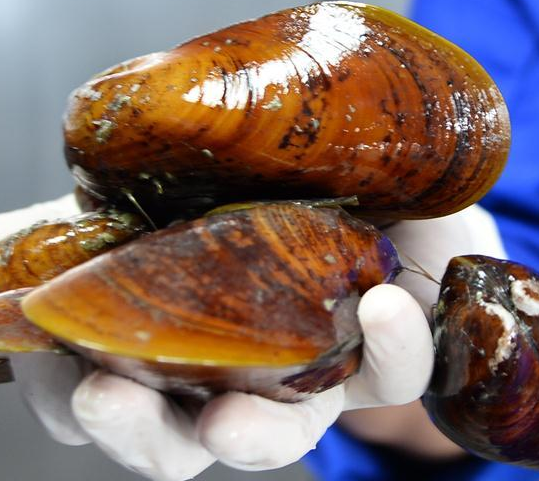
Photo taken on July 25, 2017 shows shells collected by the unmanned submersible "Faxian". "Faxian" aboard Chinese research vessel "Kexue" conducted an operation to detect a cold seep in the South China Sea and collected lots of biological samples such as shrimps and shells. (Xinhua/Zhang Xudong)
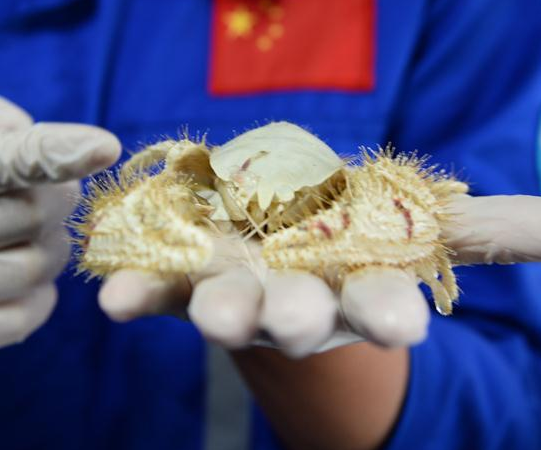
Photo taken on July 25, 2017 shows a shrimp collected by the unmanned submersible "Faxian". "Faxian" aboard Chinese research vessel "Kexue" conducted an operation to detect a cold seep in the South China Sea and collected lots of biological samples such as shrimps and shells. (Xinhua/Zhang Xudong)
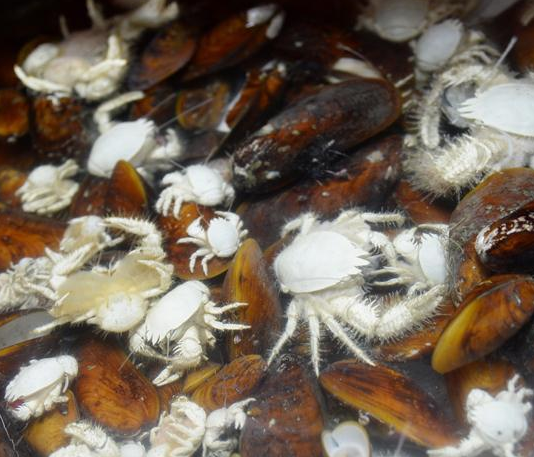
Photo taken on July 25, 2017 shows some biological samples collected by the unmanned submersible "Faxian". "Faxian" aboard Chinese research vessel "Kexue" conducted an operation to detect a cold seep in the South China Sea and collected lots of biological samples such as shrimps and shells. (Xinhua/Zhang Xudong)

The unmanned submersible "Faxian" is elevated from the sea aboard Chinese research vessel "Kexue" during an operation to detect a cold seep in the South China Sea, July 25, 2017. It has collected lots of biological samples such as shrimps and shells. (Xinhua/Zhang Xudong)
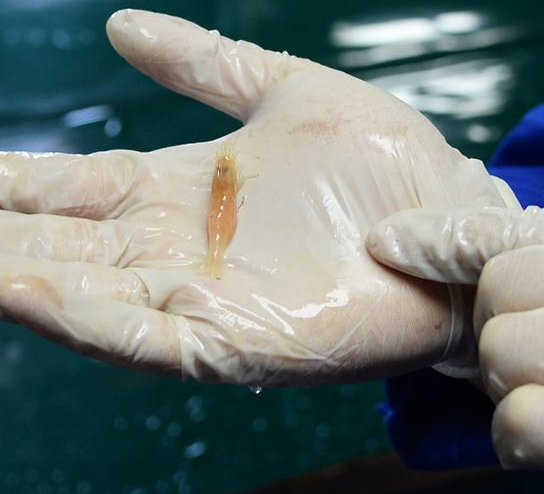
Photo taken on July 25, 2017 shows a shrimp collected by the unmanned submersible "Faxian". "Faxian" aboard Chinese research vessel "Kexue" conducted an operation to detect a cold seep in the South China Sea and collected lots of biological samples such as shrimps and shells. (Xinhua/Zhang Xudong)
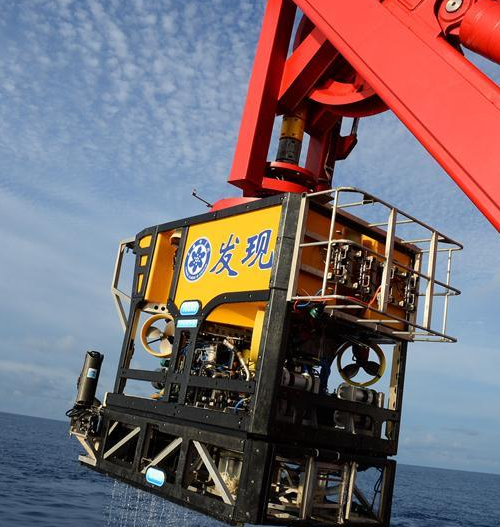
The unmanned submersible "Faxian" is elevated from the sea aboard Chinese research vessel "Kexue" during an operation to detect a cold seep in the South China Sea, July 25, 2017. It has collected lots of biological samples such as shrimps and shells. (Xinhua/Zhang Xudong)